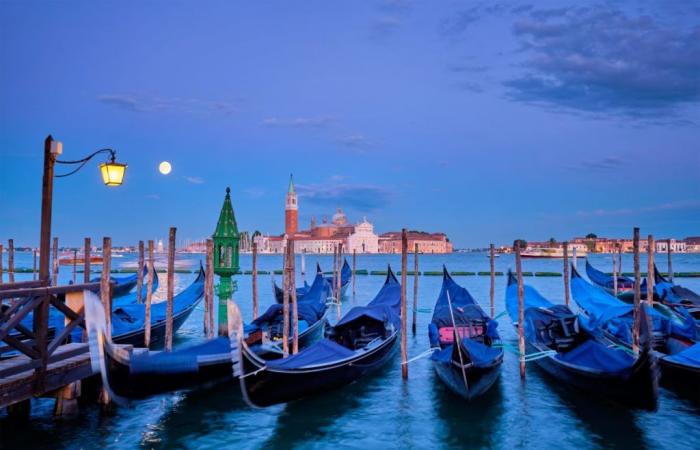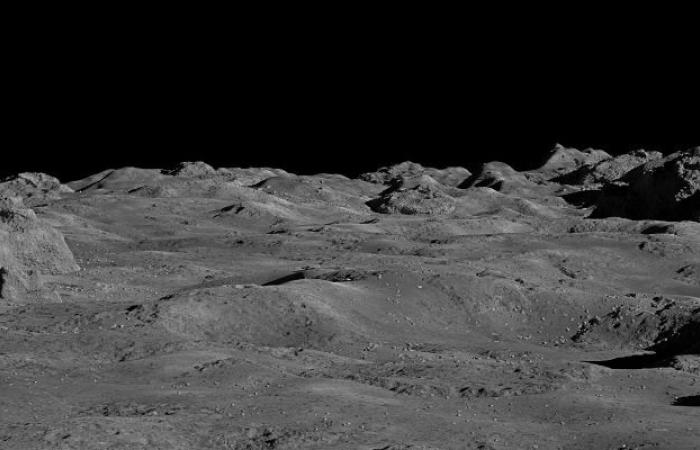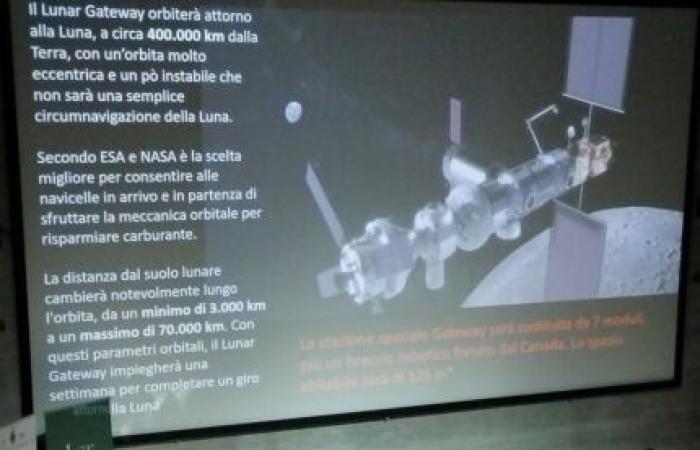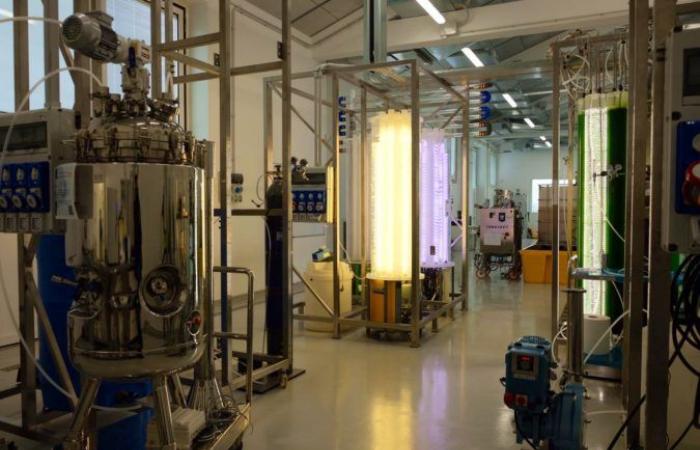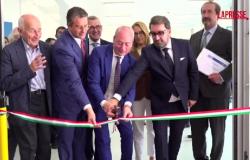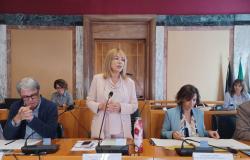Space produces research and technological innovation with terrestrial implications
The aerospace sector is experiencing dizzying growth and offers a great deal primacy to Italy with 17 billion euros in turnover annual e 230 thousand employees.
Our country is located at fourth place in Europe et al sixth in the worldwith a national expenditure on research and development equal to 10%.
From the research on photosynthetic microorganisms for the colonization of other planets to design of the most advanced telescopes for the exploration of the universe, space produces high-value research and come on multiple and unthinkable uses even on earth.
If in the 1970s most terrestrial technologies derived from NASA’s famous Apollo mission, today the results can be seen in the fields of medicine (surgical robots), of pharmaceutical (drugs derived from experiments in the absence of gravity), of geolocationof the architecture and of theinformatics.
And space research can also make an important contribution to combating AI climate changes and the production of food in extreme situations.
The race to the Moon
The race to the Moon is in full swing and sees China already present, with unmanned probes, on the dark side of our satellite and at the south pole.
“The great interest in the moonwhich sees the US chasing China, is given by presence of extraordinary matters on our satellite – says Barbara Negri, head of human flight and scientific experimentation at the Italian Space Agency -. In fact, it is large on the Moon abundance of precious rare earths and of theeòlio3an element that has a fundamental role in the nuclear fusion process.”
The moon
Lunar landscape
From space, innovative technologies for everyday life
The possibilities and implications of the aerospace sector are many: from the decarbonisation of industrial emissions to creation of new materials and sustainable energy sources, from the design of tools for environmental and health monitoring to the production of innovative foods.
This demonstrates that every path of innovation hides an unexpected opportunity or discovery, often even greater than the expected result.
Venice and Veneto at the forefront of the space economy
In this panorama Venice and the Veneto are emerging as international leaders in a vast range of sectors with high technological impact, as emerged in the conference “From the lagoon to the moon”, held in Mestre on the initiative of the Venice Capital of Sustainability Foundation and the Veritas Group’s Green Propulsion Laboratory (GPlab), founded thanks to funding from the Ministry of the Environment in collaboration with the Municipality of Venice.
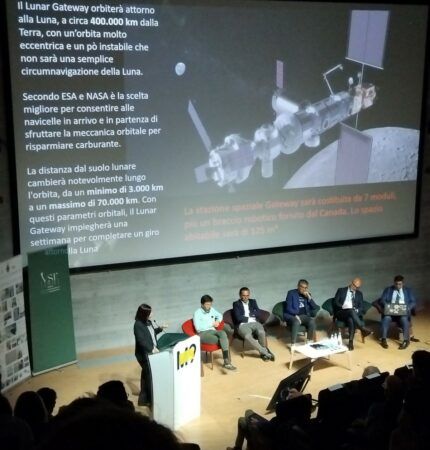
The university hey regional research centers they offer local companies unique opportunities to exploit the results of aerospace research to face new challenges of sustainability and economic competitiveness.
The industry linked to the space economy requires a far-sighted vision to be fully understood and adopted into the Venetian economic fabric.
Gplab Veritas for the Biomoon project
The study of technologies that can be used in multiple application sectors and the strategic structures for the reconversion of Porto Margheraparticularly in the context of research within the Hydrogen Valley, also represent some of the pillars for the transition to thinking chemistry of the present and future in the Venetian industrial area, as recalled by Graziano Tassinato, manager of Gplab Veritas.
Among the most innovative projects of the Gplab there is Biomoonfinanced by the European Space Agency, aimed at testing the potential of microalgae in the absence of gravity.
The research projects developed within GpLab are mostly financed by third-party bodies, particularly public ones.
The goal is find solutions to environmental problems as the transformation and reuse of carbon dioxide, thus reducing the impacts of economic and civil activities; in particular, photosynthetic technologies make it possible to increase the effectiveness of natural systems for fight against climate change.
The European Space Agency (ESA) has chosen the project of the Green propulsion laboratory Veritas of Fusina for the production of hydrogen by red bacteria, isolated from the sediments of the Venice Lagoon.
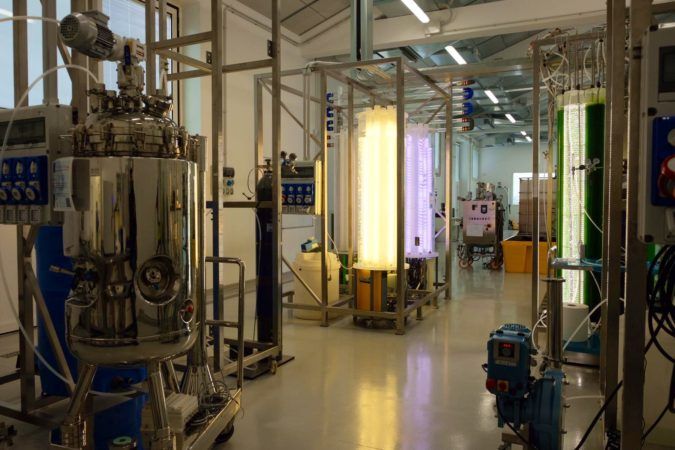
EIE Group, world leader in telescopes
EIE Group instead stands out in the panorama of private companies: it is an engineering company of excellence in the Italian industrial panorama, an international leader in the sectors of astronomy, astrophysics and major science, as well as in the development of machines, equipment and integrated systems for industry and science.
“EIE, which this year celebrates the 35th anniversary of the start of its activities, has specialized in the development of industrial and civil projects, paying particular attention to the systemic aspects that characterize the astronomical constructions – announces the president Giampiero Marchiori -. Over time, EIE has become a point of reference in the international industrial panorama for the creation of telescopes, radio telescopes, astronomical observatories and scientific instrumentation -from the Atacama desert to Japan up to the first European solar telescope in the Canary Islands- with specific skills for the manufacturing, assembly and management of mechanisms and systems.
Nicoletta Benatelli

